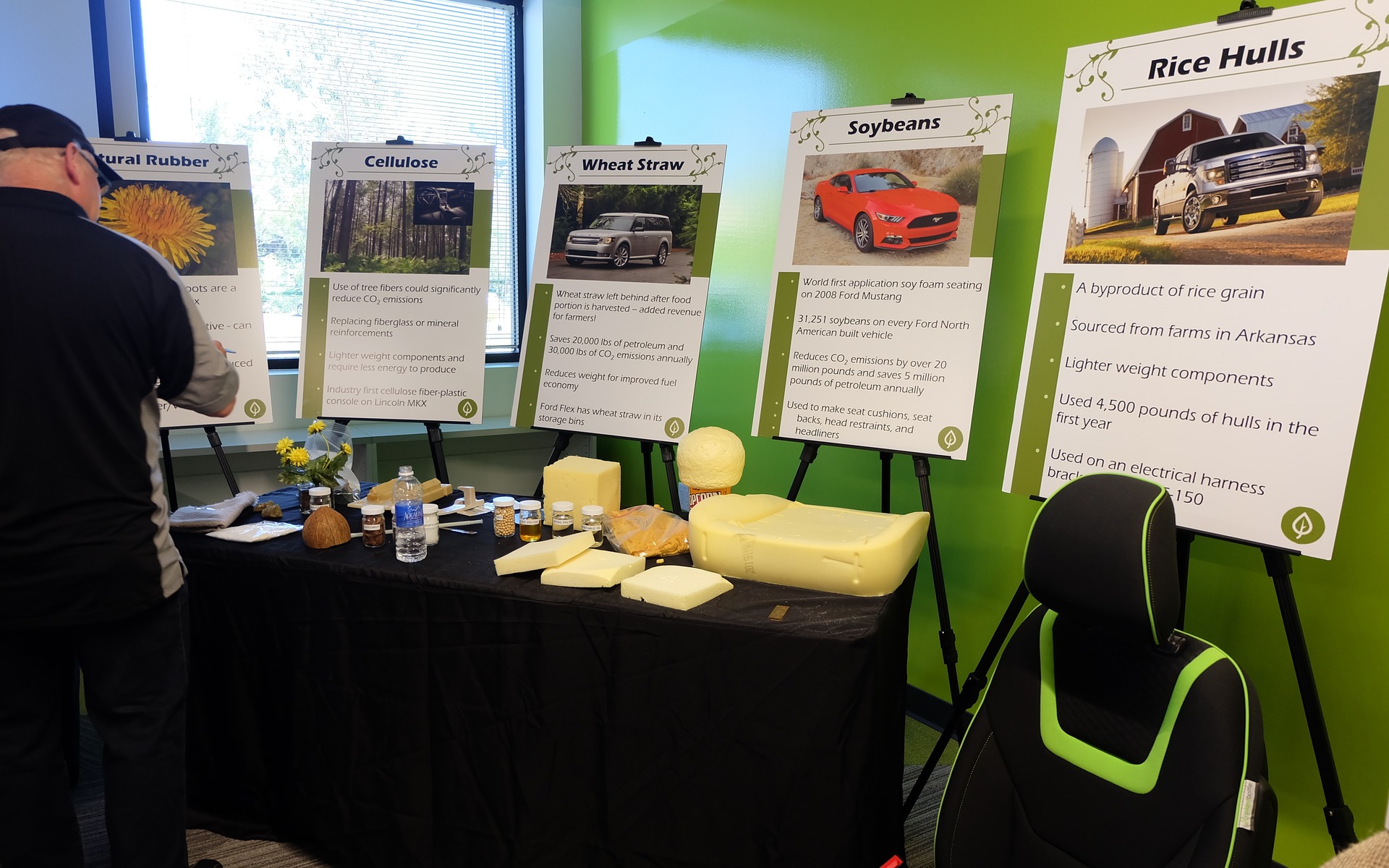Ford’s Future Shaped In Part In Silicon Valley


Last week, I told you about my travels to Ford's facilities deep in California. The engineers brought us up to date on some of their most recent advances, such as the latest driver aids. This US manufacturer is not focusing solely on automation, however. The following are details of some other wonders the scientists in Palo Alto are working on.
Incredible lightness
Currently, one unmistakable trend is toward lighter vehicles. There was a time when having the biggest and heaviest land yacht in your neighbourhood promised both greater safety and higher social cachet. With the rise in fuel costs, however, manufacturers are turning to designs that use stronger but lighter materials. The result is vehicles that are just as roomy, but more environmentally friendly.
Ford showed us a very special sedan that symbolizes the new trend. This was a Ford Fusion that had been completely rethought from rubber to roof, with:
- an aluminum chassis
- composite materials
- carbon fibre wheels
- ultra-thin window glass (just like the screen on your smartphone)
- and a long list of other refinements
The result is a mid-sized Fusion that weighs as little as Ford’s subcompact Fiesta.
While this superleggera Fusion will not be appearing at your local Ford dealership, many of the technical advances it incorporates will be available in the near future. The Shelby GT350 will be wearing the same carbon fibre wheels, and the gorgeous new Ford GT will have body panels made of the same material, as well as the super-strong lightweight window glass.
Greener
Ford is deep into recycling. It is proud of its efforts to recover the plastic from used water bottles and upholster car seats with soy-based foam – first used, incidentally, in the 2008 Mustang. Now the automaker is experimenting with some surprising new materials, including tomato pulp discarded by Heinz. Mixing the pulp with plastic produces a tough but cheap material. The scientists tell us that the plant reeks of pizza all day long! Ford is experimenting with a growing variety of natural materials and industrial waste, such as straw and even retired banknotes.
Better connected
The research centre in Palo Alto is also working on the problem of finding a parking space in today’s congested cities. While the simplest solution is to leave your car at home, this is not always possible. Ford is attacking the problem in several ways. Combining loaner vehicles (using a system like Vrtucar or Communauto) with GPS navigation would provide a link between different modes of transport. For example, you could drive a car to a subway station, then complete your journey by walking a few blocks. This kind of combination would simplify urban travel.
Those compelled to use their cars could seek a solution based on inter-vehicle communication. Imagine you’re driving down a street in central London – this was the example we were given – with your Ford continuously scanning your surroundings in case you decide to park. Detecting empty parking spaces would be a continuous process. Data forwarded to a server in real time would let other Ford drivers know exactly where to park their cars!
A future not so far away
Many other innovative gadgets are being developed in Silicon Valley by the Dearborn-based manufacturer. One example is a virtual-reality system whereby a 3D image of a vehicle can be projected onto a screen and “disassembled” in real time with other Ford engineers who are working in offices around the world. Some of the new devices will find no practical applications, but others are more than likely to be standard equipment in the next Ford you buy.








